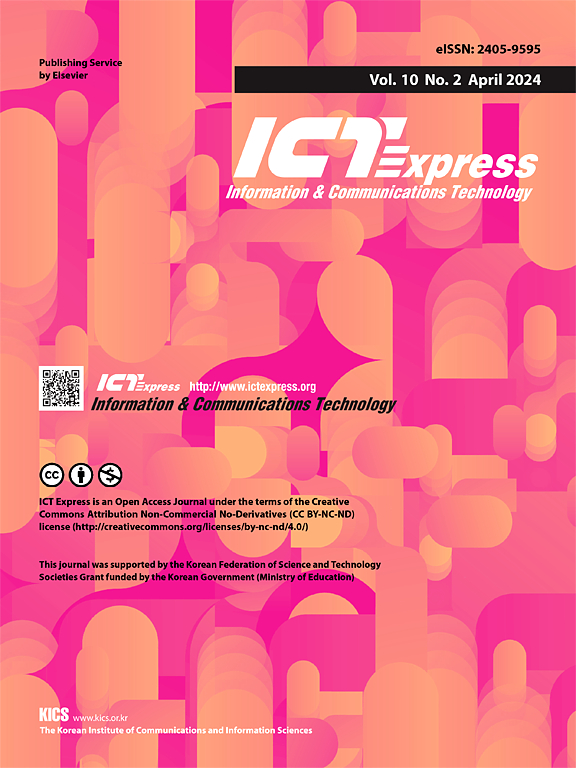6G及以上下一代光无线通信技术综述
IF 4.2
3区 计算机科学
Q1 COMPUTER SCIENCE, INFORMATION SYSTEMS
引用次数: 0
摘要
对高速服务的需求激增。从3khz到300ghz的无线电频率系统中日益增加的拥塞威胁着下一代无线技术的发展。尽管信号处理和专用调制技术取得了进步,但在未来几十年里,满足用户对当前频段日益增长的需求将是一项艰巨的挑战。然而,在未来,一个未经许可的频谱可能会为通信系统提供从10gbps到Tbps的数据速率。光无线通信(OWC)技术可以解决与传统射频系统相关的通信带宽限制。本调查报告概述了该技术,并回顾了与6g及以上系统相关的光纤无线通信技术。我们研究了OWC的关键技术,并概述了在分类、频谱使用、系统架构和应用等领域的最新发展。本文还讨论了IEEE 802.15.7标准,并给出了一些实验结果,以突出深度学习对OWC系统的影响。此外,我们还讨论了OWC系统未来的研究挑战。本文章由计算机程序翻译,如有差异,请以英文原文为准。
Survey of next-generation optical wireless communication technologies for 6G and Beyond 6G
Demand for high-speed services has surged. The increasing congestion in the radio frequency system, which ranges from 3 kHz to 300 GHz, threatens the growth of next-generation wireless technologies. Despite advancements in signal processing and dedicated modulation techniques, accommodating users’ growing demands with current frequency bands will be a formidable challenge in the coming decades. However, an unlicensed spectrum could potentially offer data rates from 10 Gbps to Tbps for communication systems in the future. Optical Wireless Communication (OWC) technologies can address the limitations in communication bandwidth associated with traditional radio frequency systems. This survey paper provides an overview of the technology and reviews optical wireless communication technologies related to 6 G and beyond 6 G systems. We examine the key technologies essential for OWC and outline the latest developments in areas such as classification, spectrum usage, system architectures, and applications. IEEE 802.15.7 standardization is also discussed in this survey paper, along with some experimental results to highlight the impact of Deep Learning on OWC system. Additionally, we discuss future research challenges for OWC systems.
求助全文
通过发布文献求助,成功后即可免费获取论文全文。
去求助
来源期刊

ICT Express
Multiple-
CiteScore
10.20
自引率
1.90%
发文量
167
审稿时长
35 weeks
期刊介绍:
The ICT Express journal published by the Korean Institute of Communications and Information Sciences (KICS) is an international, peer-reviewed research publication covering all aspects of information and communication technology. The journal aims to publish research that helps advance the theoretical and practical understanding of ICT convergence, platform technologies, communication networks, and device technologies. The technology advancement in information and communication technology (ICT) sector enables portable devices to be always connected while supporting high data rate, resulting in the recent popularity of smartphones that have a considerable impact in economic and social development.
 求助内容:
求助内容: 应助结果提醒方式:
应助结果提醒方式:


